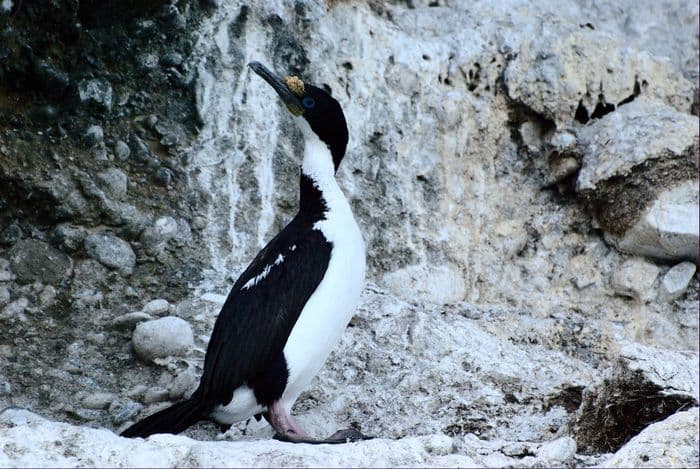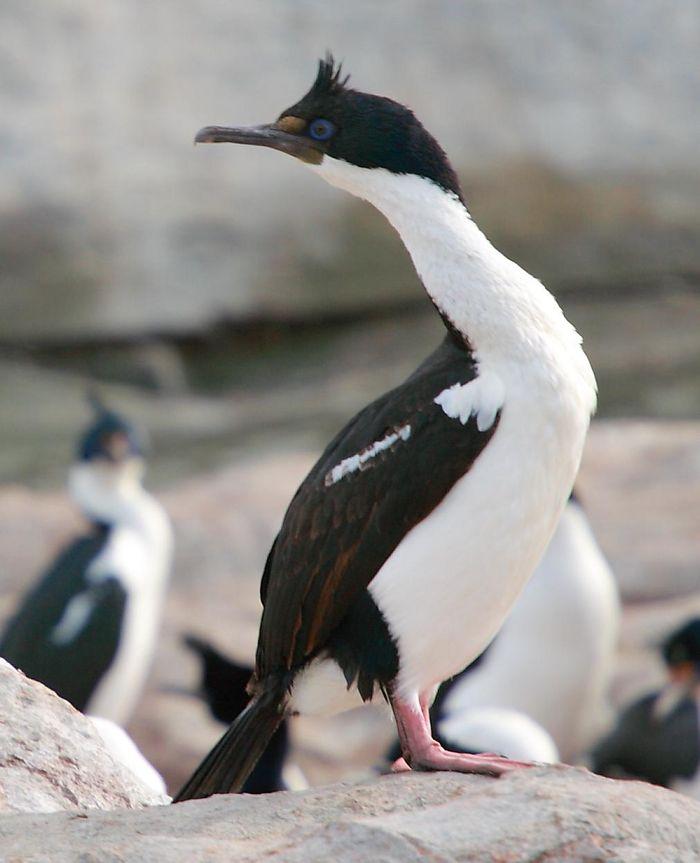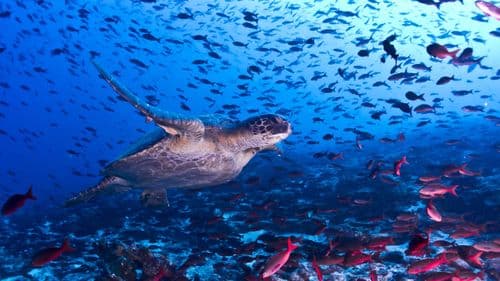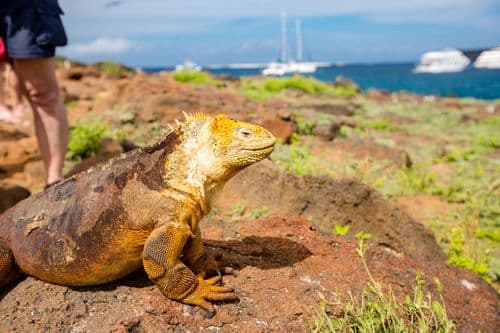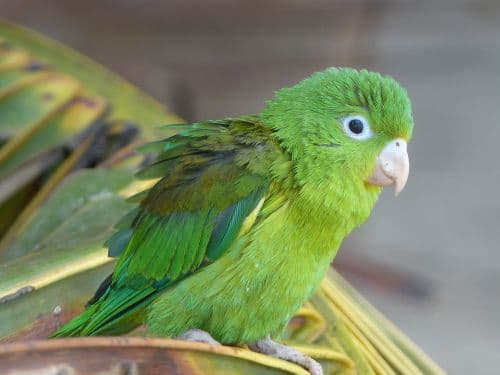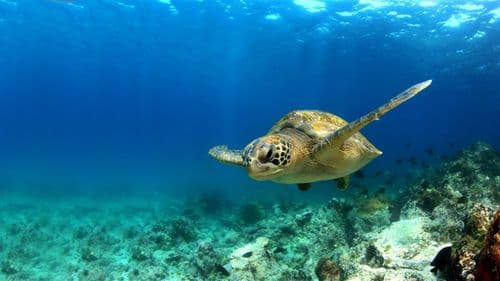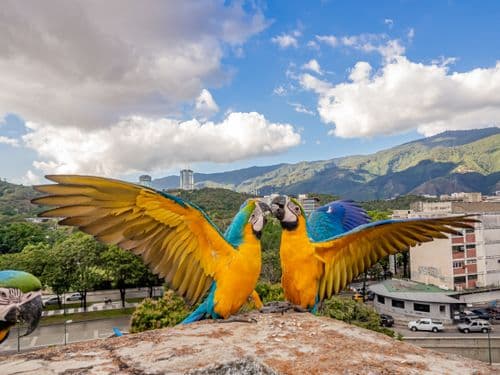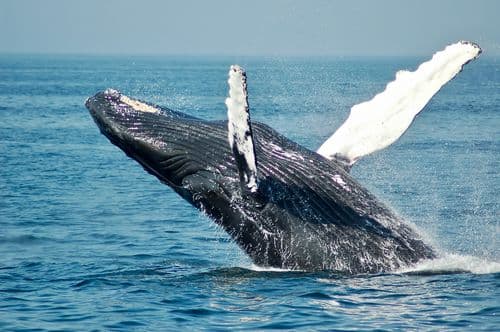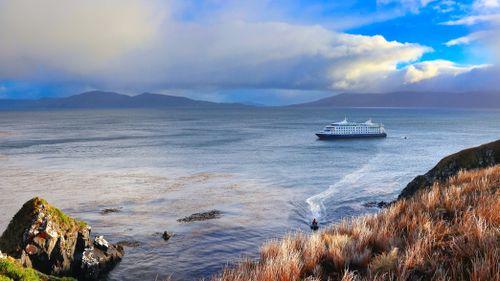Informationen über Imperial Shag or King Shag
Our Expert Says… "More confusion arises from the different names given to the range of southern shag and cormorant species! If you encounter them during the nesting season then watch out for the way the adults feed the young. The chicks stick their heads right down the throat of the adults and it looks like they are being swallowed! It seems very uncomfortable for the adults when their chick is almost fully grown and about to fledge!"
The Imperial Shag of Patagonia and the King Shag (or King Cormorant!) of the Falklands have been considered to be sub-species with other Blue-eyed Shags that also include the South Georgia Shag and the Antarctic Shag. Naming in field guides can be confusing, and the latest view is that the King Shag of the Falklands may also be a seperate species from the Imperial Shag - the Falklands Shag!
The Blue-Eyed shag is a 75cm (30”) tall, 3kg (7lb) black and white seabird. It has a 1.2m (4ft) wingspan but unlike its non-polar cormorant cousins it doesn’t spread out its wings to dry them. This is thanks to its very dense under-plumage that makes a waterproof barrier. This means the Blue-eyed shag doesn’t need to dry itself after fishing and expose its body to the freezing Antarctic temperatures.
The “blue eye” they are named for isn’t actually their eye at all! It’s actually blue-colored skin that surrounds the eye, and together with the warty, yellow growth above the bill, it forms the two main identifying traits of the species.
During the breeding season they pair up and both partners help to build the typical cone-shaped nest out of beach debris, seaweed, and feather, stuck together with their own feces. Both parents take it in turn to incubate the eggs, then the male takes on feeding duties while the female keeps the newly-hatched chicks warm until their downy feathers are formed.
Blue-eyed shags are diving birds, and they usually swim down up to 80ft beneath the waves to catch the fish and crustaceans that form the main part of their diet.
Bilder von Imperial Shag or King Shag
